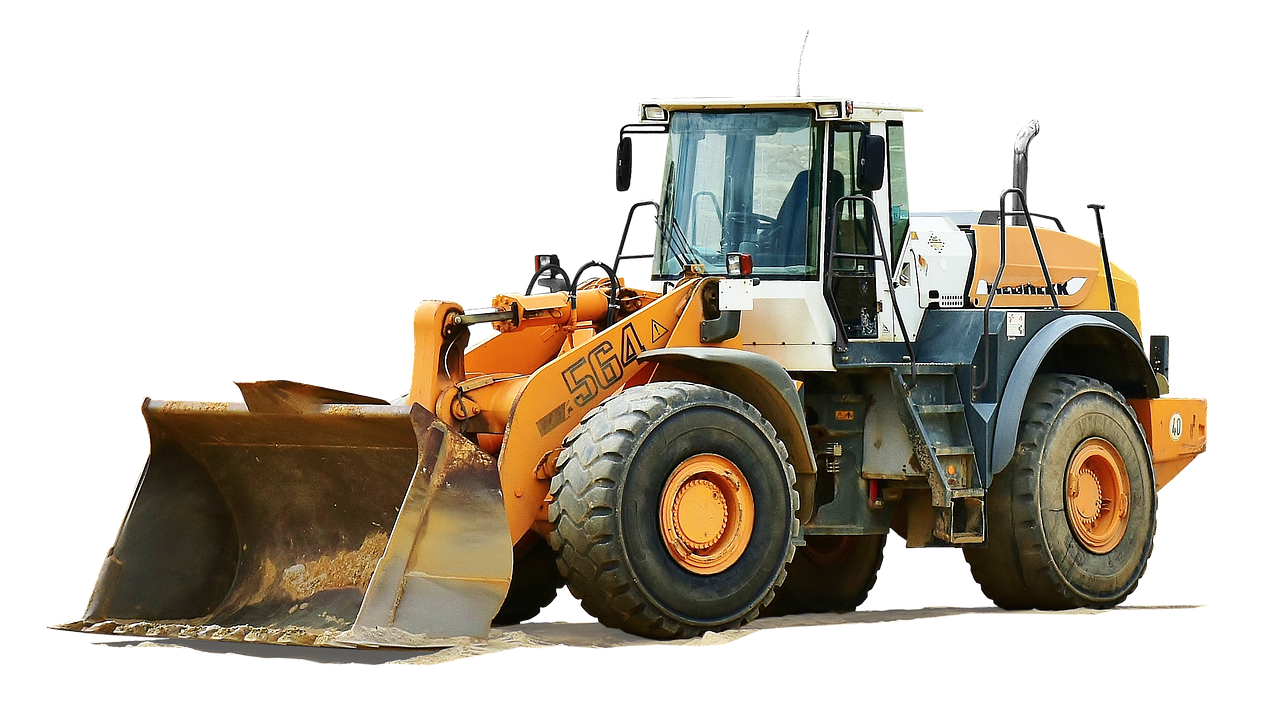A backhoe loader is often referred to as a digger or loader backhoe. It consists of a tractor-like piece with a backhoe on its back and a shovel on the front (loader-style).
This makes it a heavy-duty loader vehicle. As a result of its versatility and small size, the backhoe loader is considered very useful at jobsites. It is also used in small construction sites, as well as urban engineering.
The backhoe loader is like the tractor loader backhoe (TBL). It gets its design from the TLB, also known as the Tractor Loader Backhoe. TBL is a piece of agricultural vehicle equipment with a rear positioned backhoe.
The backhoe loader has gone through a lot of development over the years. The first development of the loader began in the year 1947 by the Massachusetts inventors. Massachusetts inventors are the founders of the Wain-Roy Corporation of Hubbardston.
How Much Does this Equipment Cost?
They tested and developed the first backhoe loaders in 1947. This was before selling the first batch of hydraulic backhoe loaders. Connecticut power and the light company bought them in 1948 at $705 each. Since then, pricing has increased as the demand for this equipment started rising.
Where Is A Backhoe Loader Used?
Backhoe loaders appear to be very common. They are useful for a wide array of tasks. These tasks include paving of roads, Asphalt breaking, landscaping, and many others.
The back buckets of the backhoe loaders can be replaced with some powered attachments. Example, stump grinders, augers, grapples, or breakers. Intermediate attachments like the tiltrotator, help achieve an enhanced articulation of the attachments.
Top Features of Backhoe Loaders
The major feature of many backhoe loaders is the auxiliary hydraulic circuits. They are used to simplify attachment mounting. A quick coupler mounting system is possible in new generation backhoe loaders. These features help to increase the utility of the machines on a job site.
The bucket loaders of some backhoes have a retractable bottom. This allows it to empty its load with greater efficiency and less time. These loader buckets are sometimes used for scraping and grading. The assembling in front may be permanent or temporal when attached.
Since digging while on tires might cause the vehicle to tip over. This is due to the swinging mass of the backhoe, hydraulic stabilizers or outriggers at the rear while digging is useful. The loader bucket can maintain stability when lowered.
When trying to change the position of the backhoe loader, the bucket has to rise. This is before retracting the outriggers (this reduces the efficiency of the backhoe).
Using Mini Excavators
Due to this reason, many construction companies offer small tracked excavators. This makes it difficult to move from site to site. This increases the digging efficiency of the backhoe.
The precise control and small frame of backhoe loaders makes the vehicle very common. The loader is useful in urban engineering repairs and construction. It is useful in areas that may appear too small for large equipment.
What Industries Is It Used In?
The backhoe loader is very popular for urban engineering. This is a result of its compact size and versatility. Tracked excavators are often used for large scale projects.
Recently, small scale tractors have now become very common among homeowners. You get the backhoe loader setup when you buy the subcompact tractors or the compact tractors. These tractors allow homeowners to perform minor projects on their own.
In summary, backhoe loaders have a backhoe at the rear and a bucket at the front. Most of the backhoe loaders have two large tires behind the chassis to supply power to the vehicle
You can buy the backhoe loaders in different sizes.
Digging depth (10 feet or more), and horsepower ratings (25-150 horsepower) are criteria. You can increase the digging depth of a backhoe loader by using an extendable dipper.

